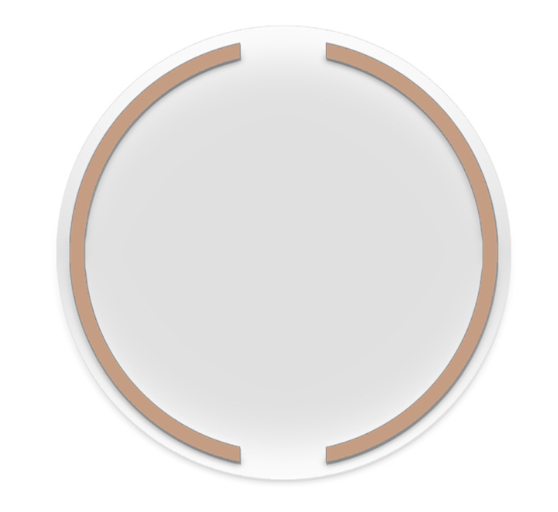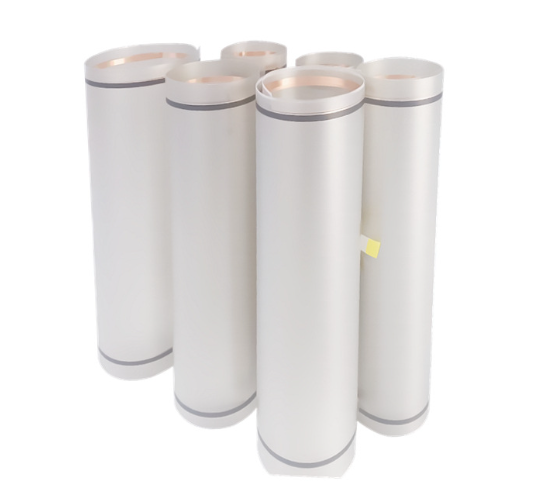When people talk about transparent heating technology today, the term ITO transparent heater often comes up. ITO stands for Indium Tin Oxide, a material famous for its unusual ability to be both conductive and transparent. By applying a thin ITO layer onto glass or polymer films, engineers can create surfaces that not only allow light to pass through but also generate heat when powered by electricity.
This combination of clarity and heating function has opened up opportunities in industries where traditional heaters are not suitable. From the defogging system in your car to precision sensors used in aerospace, and from the touch screen of a smart device to medical instruments requiring controlled environments, ITO transparent heaters quietly support modern technology.
In the following sections, we will take a close look at what an ITO transparent heater is, how it works, where it is used, the benefits it provides, and also the technical challenges that need to be addressed. By the end, you will see why so many companies are investing in this technology and how it fits into the bigger picture of advanced materials.

An ITO transparent heater is essentially a heating device created by depositing a thin film of Indium Tin Oxide onto a transparent base such as glass, PET, or polycarbonate. Because ITO has low electrical resistance and at the same time allows visible light to pass through, the coated surface can function as a heater without obstructing visibility.
Traditional heaters often use visible wire grids or printed heating elements, which can block or distort vision. ITO heaters solve this by offering a nearly invisible heating layer that looks like plain glass but can generate controlled warmth. The transmittance of such heaters usually stays in the range of 80% to 90%, which is sufficient for most optical applications including displays, camera windows, and solar panels.
In short, an ITO transparent heater is a blend of physics and material science. It merges conductivity and transparency in one surface, something that was once considered difficult to achieve.
The working principle behind ITO transparent heaters is quite straightforward: resistive heating. When current passes through the ITO film, the natural resistance of the material converts electrical energy into thermal energy. The heat is then distributed across the surface of the coated substrate.
The deposition process is critical here. ITO coatings are usually applied using sputtering or vacuum deposition, methods that ensure a uniform thin layer on the base material. A uniform layer means a consistent electrical resistance, which directly translates into even heating performance.
Once the layer is formed, electrodes are attached at the edges, allowing current to flow across the film. Depending on the design, engineers can control the heating speed, maximum temperature, and uniformity. In more advanced applications, sensors are embedded or attached to monitor surface temperature and adjust power automatically.
ITO transparent heaters have found their way into a surprisingly broad range of industries. One of the most familiar uses is in vehicles. Transparent heaters are embedded into side mirrors, windshields, and camera covers. On a cold morning, these heaters quickly clear frost or fog, giving drivers an unobstructed view. As vehicles move toward autonomous driving, cameras and LiDAR sensors also need clear optical paths. ITO heaters are already being used to keep these sensors functional in rain, snow, or icy conditions. Expect this, transparent heater can be used in other devices like:
From cars to satellites, from a newborn’s incubator to a smartwatch on your wrist, ITO transparent heaters quietly provide solutions that most people may never notice but heavily rely upon.
Designing an ITO transparent heater requires consideration of substrate, resistance, power density, and geometry. Some practical guidelines based on industry experience include:
These parameters help ensure efficient heating, uniform temperature distribution, and reliable performance under real-world conditions.

| Parameter | Typical Range/Value |
| Sheet Resistance | 10 – 300 Ω/sq |
| Light Transmittance | 80% – 90% |
| Maximum Operating Temperature | Up to 250°C |
| Heating Rate | <1 min |
| Power Density | 0.1 – 2 W/cm² |
| Substrate Thickness | 0.1 – 2 mm |
| Maximum Size | 1000 × 1000 mm |
| Coating Uniformity | ±5% |
| Bending Radius (flexible) | ≥50 mm |
| Electrode Width | 0.5 – 2 mm |
| Transparency Variation | <5% |
| Power Supply Voltage | 3–48 V |
| Surface Roughness | <50 nm |
Because these heaters are often used in critical environments, thorough testing is non-negotiable.
By passing these tests, manufacturers can prove that their ITO heaters will perform safely and reliably in demanding applications.

At Danyu electronics, we provide more than components; we deliver comprehensive heating solutions tailored to customer needs. Our services include:
With these services, clients receive fully integrated, ready-to-use ITO transparent heaters designed to meet exact requirements. Our team works closely with customers to optimize performance, simplify integration, and reduce time-to-market.
Q1: What is the lifespan of an ITO transparent heater?
When operated within recommended conditions, they can last more than 50,000 hours without significant performance loss.
Q2: Can ITO heaters be flexible?
Yes, when coated on substrates like PET or polycarbonate, they can bend without cracking, though flexibility is limited compared to materials like graphene.
Q3: How efficient are ITO heaters?
They are very efficient, heating up quickly with minimal power, which makes them suitable for applications like defogging or portable electronics.
Q4: Are they safe for medical devices?
Yes. They are widely used in incubators, diagnostic tools, and other medical equipment because of their stability and safety record.
Q5: Which industries use them most?
Automotive, aerospace, renewable energy, consumer electronics, and healthcare are the primary sectors benefiting from ITO heaters.
Simply drop your email or phone number in the contact form, and we'll promptly reply you shortly.